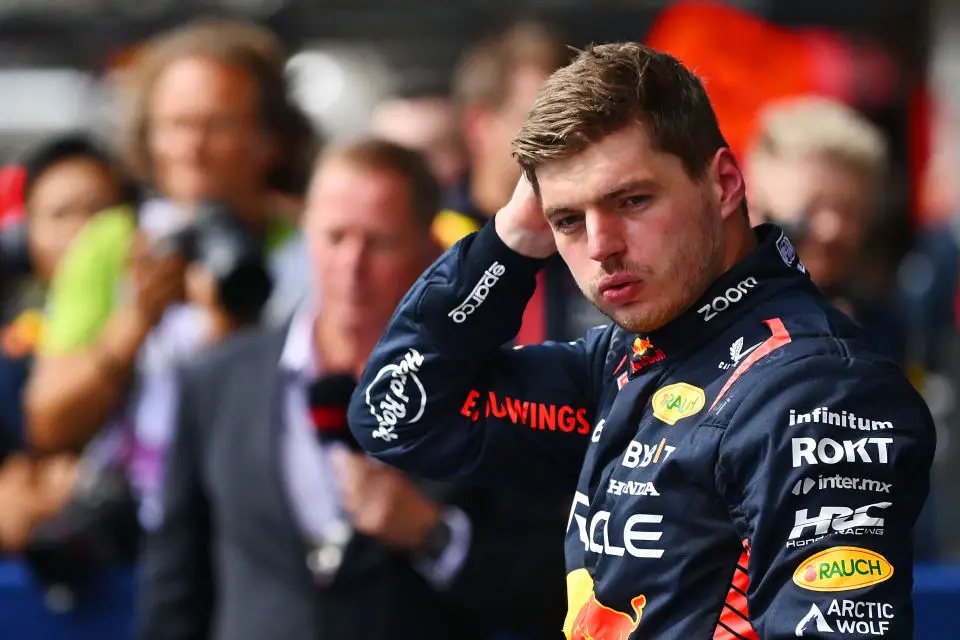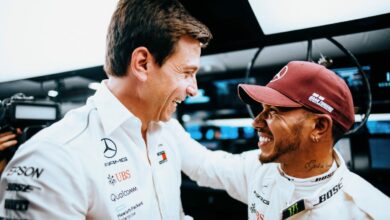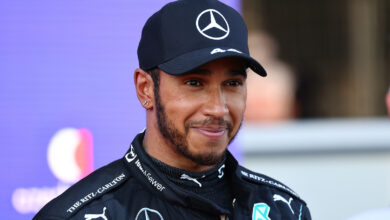F1 News: Verstappen Criticizes New Italian Grand Prix Qualifying Format
In a recent twist at the Italian Grand Prix, Max Verstappen expressed strong opposition to the newly introduced qualifying format by the FIA, aimed at boosting F1’s sustainability. Despite its intent to spice up race dynamics, Verstappen believes it disadvantages back teams without significantly altering the race.
Key Takeaways:
- The Italian Grand Prix witnessed the second trial of an alternative qualifying format, first debuted in Hungary. This change is part of F1’s efforts to enhance sustainability and add strategic depth to the race weekend.
- The new qualifying format alters tyre regulations significantly, reducing the sets available to 11 and mandating specific tyre types for each qualifying phase. This is intended to increase unpredictability and viewer engagement.
- Max Verstappen, a leading figure in F1, criticized the format change, arguing that it doesn’t affect the race’s outcome and could further hinder teams at the back of the grid. He remains focused on extending his winning streak, having secured a consecutive 10-race victory at Monza.

The Formula 1 community is always abuzz with excitement and anticipation as each race weekend approaches, and the Italian Grand Prix was no exception. This particular event, however, was marked by not just the usual high-speed drama but also by significant changes to the qualifying format. This revision is a part of Formula 1’s ongoing efforts to evolve and adapt, particularly in terms of sustainability and strategic depth.
The alterations made to the qualifying procedure bring a fresh dynamic to the race weekend. Teams are now working with a reduced number of tyre sets, down from the usual 13 to 11. This change demands a new level of strategy from the teams, especially in the qualifying stages. Drivers are required to use hard tyres in Q1, switch to mediums in Q2, and then to soft tyres in the crucial Q3 phase. The intention behind these changes is clear: to shake up the grid and enhance the unpredictability of race outcomes, thereby increasing the excitement for fans.
Despite the positive intentions, these changes have been met with skepticism from some quarters, most notably from Max Verstappen. The Dutchman, who has been a dominant force on the current F1 grid, didn’t mince his words in expressing his views. He pointed out that the new format doesn’t fundamentally alter the race dynamics and could potentially exacerbate the challenges faced by the teams at the back of the grid. His quote, “For me, it’s not necessary. It doesn’t really change anything. The quickest cars are at the front. And normally also the quickest cars on the harder compounds are even better. So it probably makes it even worse for the teams in the back,” highlights his concerns.
Nevertheless, Verstappen’s focus remains unshaken as he continues his remarkable run in the sport. His victory at Monza marked his tenth consecutive win, a record in itself, and he now looks towards the Singapore Grand Prix with the possibility of extending this impressive streak.
As the F1 season progresses, it’s clear that the sport is in a constant state of evolution, both on and off the track. The new qualifying format at the Italian Grand Prix is just one example of how the sport is trying to balance the pursuit of sustainability and excitement for fans with the realities of racing dynamics. Whether these changes will have the desired effect remains to be seen, but they undoubtedly add another layer of intrigue to the already captivating world of Formula 1.


